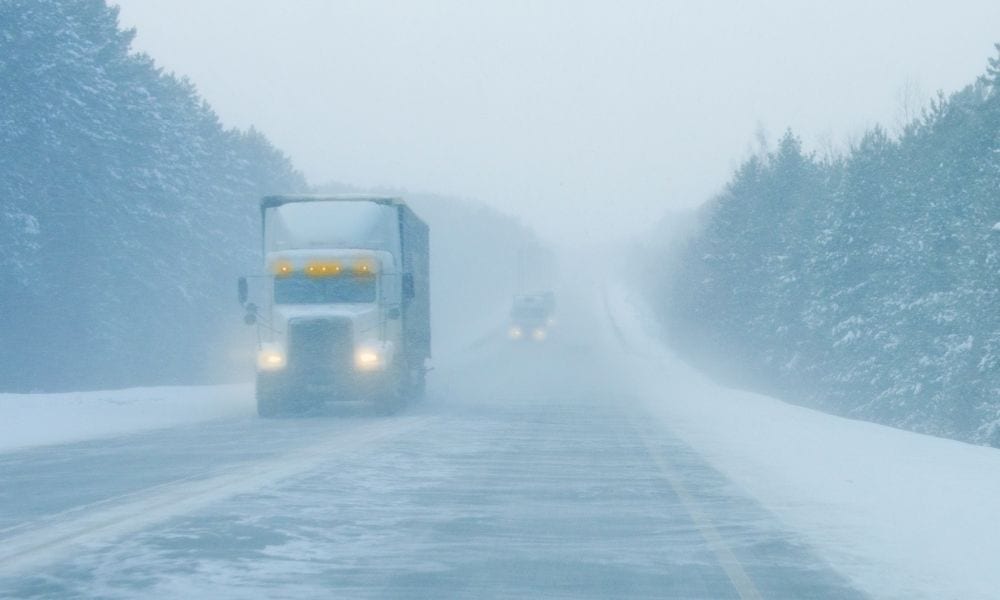

One of America’s most dangerous professions is the semi-truck driver. Over 3.5 million people face rain, sleet, and snow every day to deliver cargo everywhere in the contiguous United States—and even Canada and Alaska. These important professional semi-truck drivers face more danger on the road than the average driver due to the bulkiness of their vehicle and the weight of their freight.
Whether you’re an aspiring driver or a seasoned veteran, making yourself aware of the different dangers truckers face during the winter months will keep you safe during the most hazardous driving season.
The primary concern of all drivers when the weather gets cold always involves the conditions of the road. Snow, ice, and sleet lead to horrible road conditions—especially in the northernmost states. Some states are better than others at keeping their highways and truck routes safe, but in some areas, safety is impossible to insure.
Truckers put their skills to the ultimate test whenever they drive on mountainous patches of highway, such as in the northwesternmost part of the country. Twisting, narrow stretches of road are dangerous enough on their own; during the coldest parts of the year, it only gets worse. The vehicle may give out on them while climbing a steep incline, or in the worst-case scenario, a patch of black ice can cause a truck to slide right off a cliffside—but truckers can’t afford to lose time while on a job, no matter what a road looks like.
Even on flat town or highway roads, semi-trucks face danger from jackknifing—which is when the cabin slides all the way around and crashes into the trailer. To avoid jackknifing, truckers must be careful when turning and move slowly.
Just like how a smaller vehicle may have more mechanical issues during the winter, one of the dangers truckers face during the winter months comes from the amount of stress on their semi-truck itself. If truckers don’t properly prepare their truck for winter, it may result in engine damage. Some truckers invest in winter fronts—a large piece of fabric that covers the grill of the truck, kind of like a quilted blanket for the engine. It’s essential for all truck drivers and their companies to watch the conditions of the vehicles before they set out on their voyages.
Other common hazards within trucks during the winter include:
If a driver fails to check on their brakes or tires, they’ll be inadequately prepared to handle the poor conditions of a highway in the winter. When driving on inclines, truckers may equip their tires with chains for extra traction on ice or snow.
When the weather gets too cold, diesel fuel tends to gel and clog the truck’s fuel filter. By keeping an eye on the filter’s condition and fueling the vehicle with diesel that contains winter additives, truckers can avoid fuel gelling.
Additional Resources:
Uber
Scooters
Self Driving Electric Delivery Trucks
Robots
Discover smart wine storage solutions for hot summer months without air-conditioning. Keep your bottles safe…
Throwing a wedding is exciting and stressful, as you try to make it exciting for…
Transform your living space into a luxurious retreat with these expert design strategies that introduce…
With free time, it’s important to find the activities and hobbies that bring you joy.…
Your website is the foundation of your brand's online presence. Potential clients often visit it…
Upgrading your home's interior doors can dramatically enhance the aesthetic, functionality, and value of your…